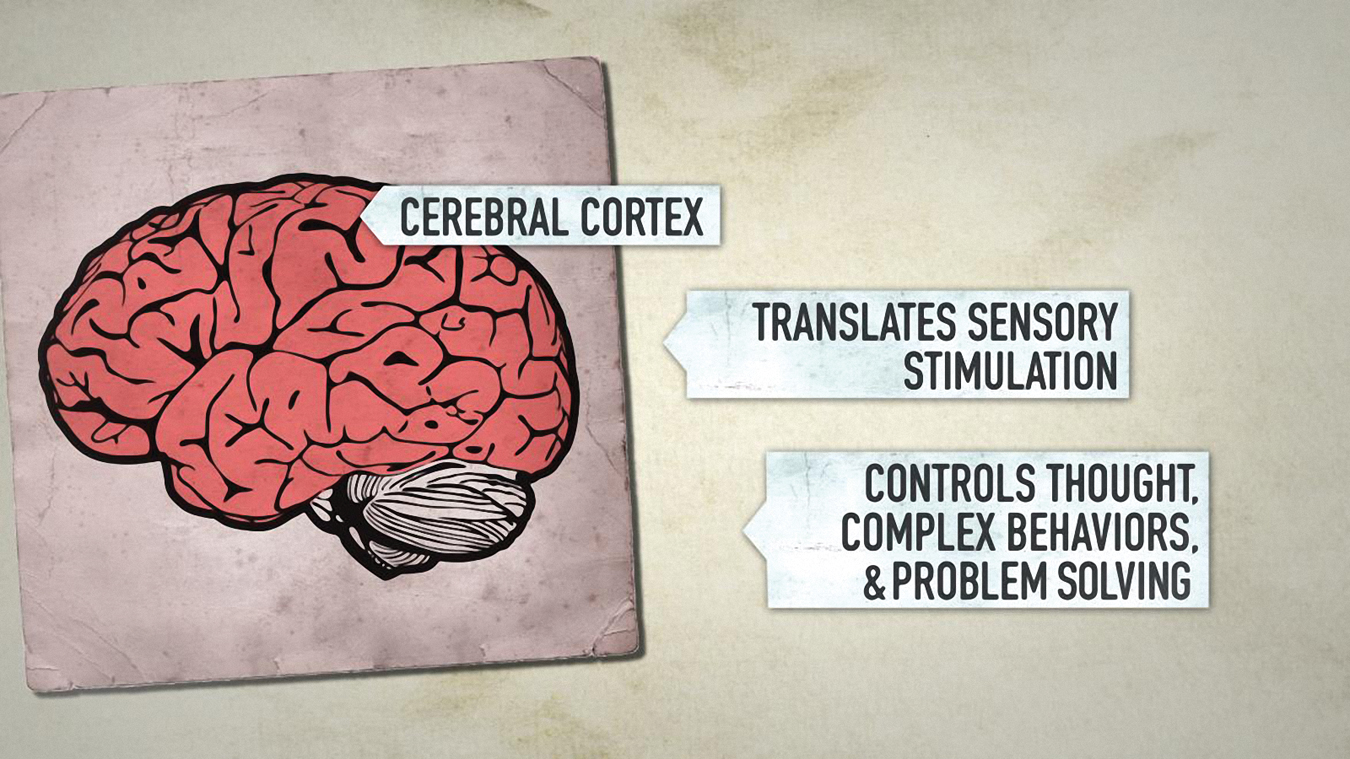Applications
Question 4.1
Go to a nearby greeting-
card store and analyze the cards about pregnancy and birth. Do you see any cultural attitudes (e.g., variations depending on the sex of the newborn or of the parent)? If possible, compare those cards with cards from a store that caters to another economic or ethnic group. Question 4.2
Interview three mothers of varied backgrounds about their birth experiences. Make your interviews open-
ended— let them choose what to tell you, as long as they give at least a 10- minute description. Then compare and contrast the three accounts, noting especially any influences of culture, personality, circumstances, and cohort. Question 4.3
People sometimes wonder how any pregnant woman could jeopardize the health of her fetus. Consider your own health-
related behavior in the past month— exercise, sleep, nutrition, drug use, medical and dental care, disease avoidance, and so on. Would you change your behavior if you were pregnant? Would it make a difference if you, your family, and your partner did not want a baby?
ONLINE CONNECTIONS

To accompany your textbook, you have access to a number of online resources, including Learning Curve, an adaptive quizzing program, critical thinking questions, and case studies. For access to any of these links, go to www.worthpublishers.com/
- Brain Development: In the Beginning. Three-
dimensional animation follows brain development from the formation of the neural tube until birth. Animations of microscopic changes in the brain including synaptic pruning. - Periods of Prenatal Development. A series of detailed animations shows the stages of prenatal development from fertilization to birth.